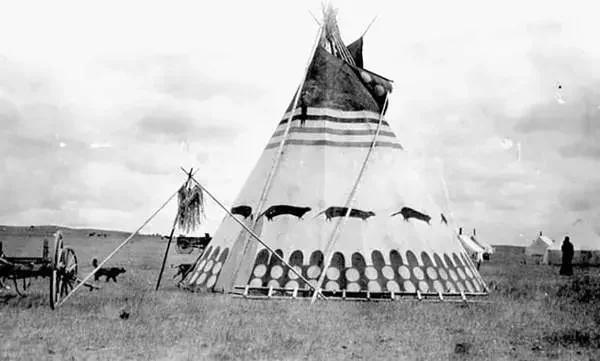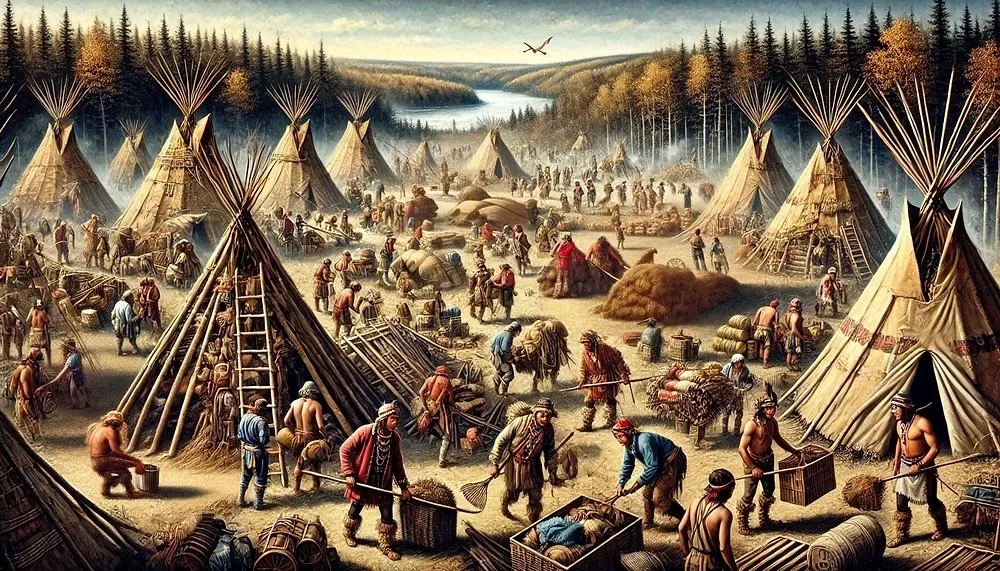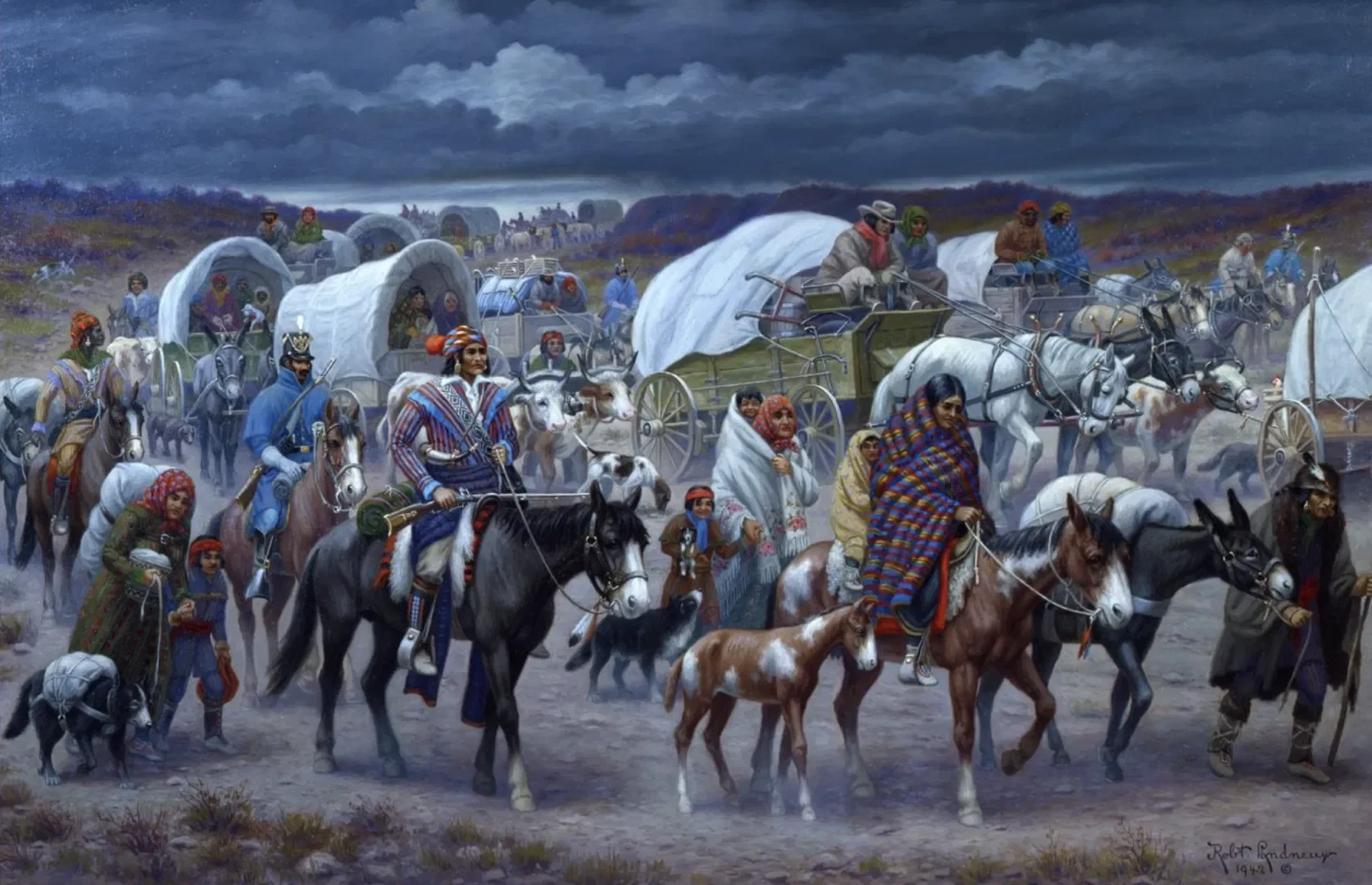HISTORY
After the American frontier officially closed in the late 1800s, public fascination with the “Wild West” grew. People who lived in cities or in the East had only heard stories of cowboys, Native Americans, outlaws, and frontier life. William F. “Buffalo Bill” Cody, who had worked as a scout, buffalo hunter, and soldier, realized that he could turn his real-life experiences into live entertainment
“Love your life, Perfect your life
Beautify all things in your life”
Prior to the European colonization and Western influence, American Indian societies across North America were diverse, complex, and self-sustaining civilizations.
They lived in harmony with nature, developed their own political systems, spiritual traditions, trade networks, and art.
Most communities were organized into tribes or clans, often based on kinship or lineage.
Many tribes practiced consensus-based leadership rather than absolute rule.
Iroquois Confederacy (Haudenosaunee) had a sophisticated political system that influenced early American democracy.
In regards to gender roles, some tribes, women owned property and helped make decisions (like the Iroquois Clan Mothers).
Animism: Most tribes believed that all living and nonliving things like animals, rivers, mountains had a spirit.
Balance and harmony: Religion focused on living in balance with nature and maintaining harmony within the community.
Ceremonies: Rituals marked harvests, hunting seasons, births, deaths, and changes in nature.
Sacred sites: Mountains, rivers, and animals often had deep spiritual significance.
Architecture: From tipis (Plains) to adobe houses (Southwest) to longhouses (Northeast), housing reflects the environment and lifestyle.
Medicine: Used herbal remedies and natural healing methods that inspired later Western medicine.
Ecological knowledge: Deep understanding of ecosystems, animal migration, and sustainable farming practices.
Agriculture: Indigenous farmers domesticated corn, potatoes, tomatoes, and beans, which became global crops after contact.
Art forms: Beadwork, pottery, weaving, carvings, and rock art were common as they were often symbolic and tied to nature or spirituality.
American Indian societies were not primitive or isolated as they were advanced, self-sufficient civilizations with deep respect for balance, sustainability, and community.
Core Values: Community and cooperation over individualism. Respect for elders and traditions. Land as sacred, not owned but cared for. Harmony with nature as a daily principle and cooperation over individualism. Respect for elders and traditions. Land as sacred, not owned but cared for. Harmony with nature as a daily principle.

























